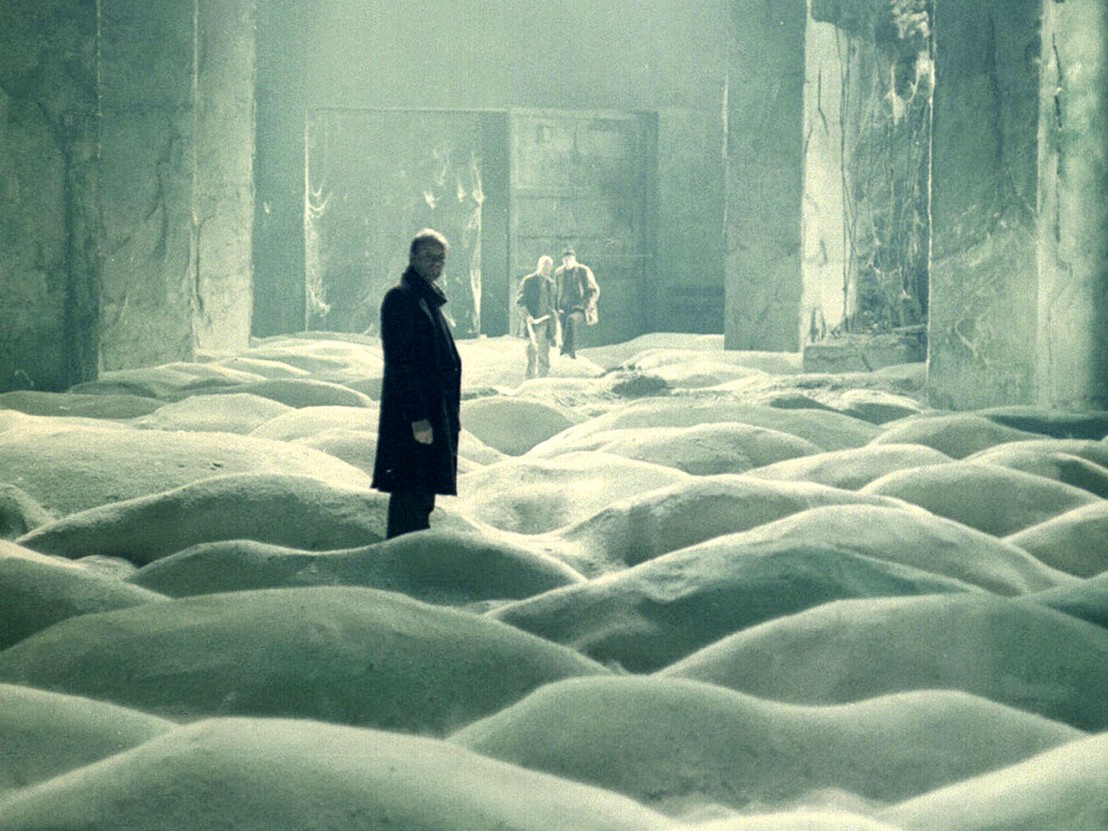Glanton's gang: Glanton's orphan girl fiance kidnapped, tomahawked, and scalped by the Lipan tribe, beginning a lifelong retaliatory quest (least cording to legend). "barbarous trophies, smoke-dried" they were; a "mule-load" he had. A diverse multiracial group, "Sonorans, Cherokee and Delaware Indians, French Canadians, Texans, Irishmen, a Negro and a full-blooded Comanche" doing the hunting, their several-dozen scalps obtained under heavy casualties, so that they were lured off by rumors of El Dorado and headed toward New Mexico. After one fight, the scalpers drew straws to execute their wounded who could not ride. Glanton killed by a Yumas attack, but Judge Holden and Sam Chamberlain, our unreliable narrator, fleeing to Los Angeles in 1850, Chamberlain returning to Boston for a repsectable married life, Holden's fate unknown.





